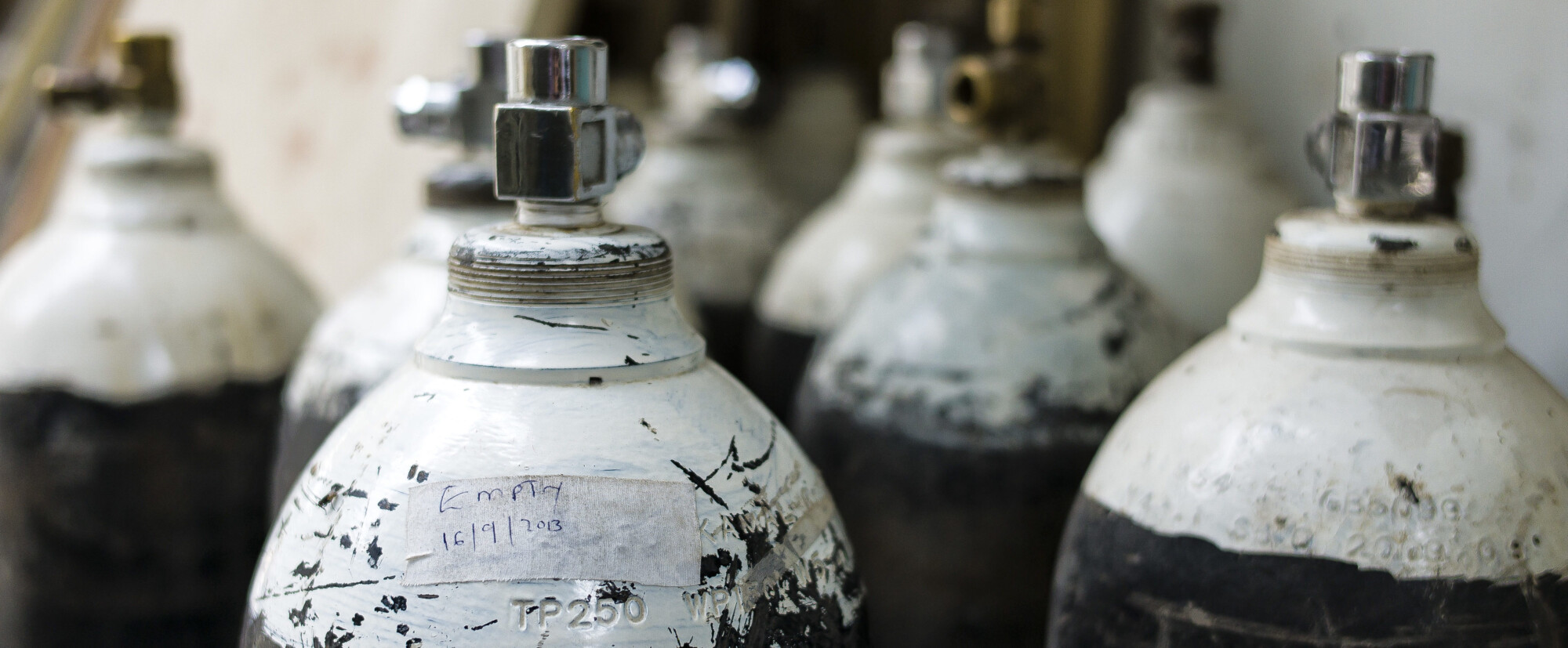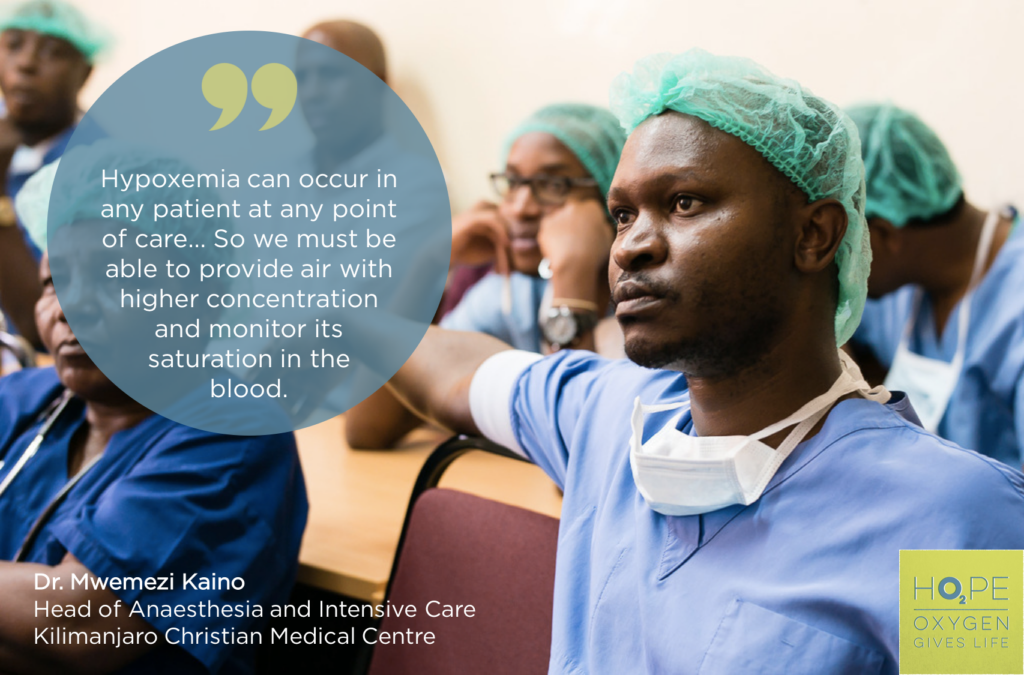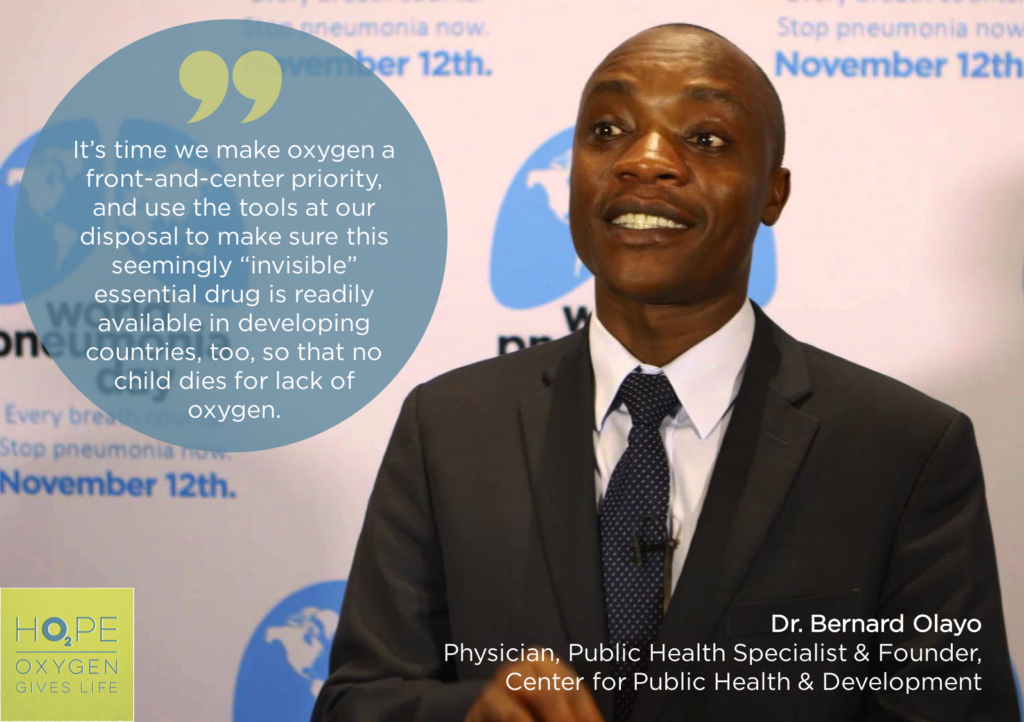
It’s Official: Oxygen is an Essential Medicine



Oxygen is one of the most frequently required medical interventions in the world, however in low- and middle-income countries (LMICs), its access is severely limited. This week, the WHO took an important step to change that: for the first time, its biennial Essential Medicines List (EML) features an indication for oxygen as a treatment for hypoxemia – a severely low concentration of oxygen in the blood.
This development has far-reaching implications for global health. Hypoxemia results from common conditions such as trauma, obstetric complications, heart failure and pneumonia – one of the leading causes of death for children globally – and can occur in any patient at any point of care, as one Tanzanian doctor recently acknowledged in an article published on Impatient Optimists. But for hospitals in LMICs, the high-grade, concentrated oxygen needed to manage hypoxemia is often in short supply: the WHO estimates that less than half of African health facilities have reliable access to it.

The WHO’s decision to indicate oxygen for hypoxemia on its EML (in addition to its use in anesthesia care) immediately establishes it as a priority medicine for health policymakers and practitioners around the world – meaning it is more likely to be procured, distributed and prescribed. And with an estimated 1.5 to 2.7 million children suffering from severe pneumonia each year, the possibility of improved access to oxygen could have a significant impact on our ability to keep those children alive, reducing child pneumonia deaths by as much as 35%.
Recognizing the importance of this policy change on healthcare in LMICs, we at Gradian applaud the WHO’s decision, and extend our congratulations to PATH for its successful campaign to advocate for this new indication.
